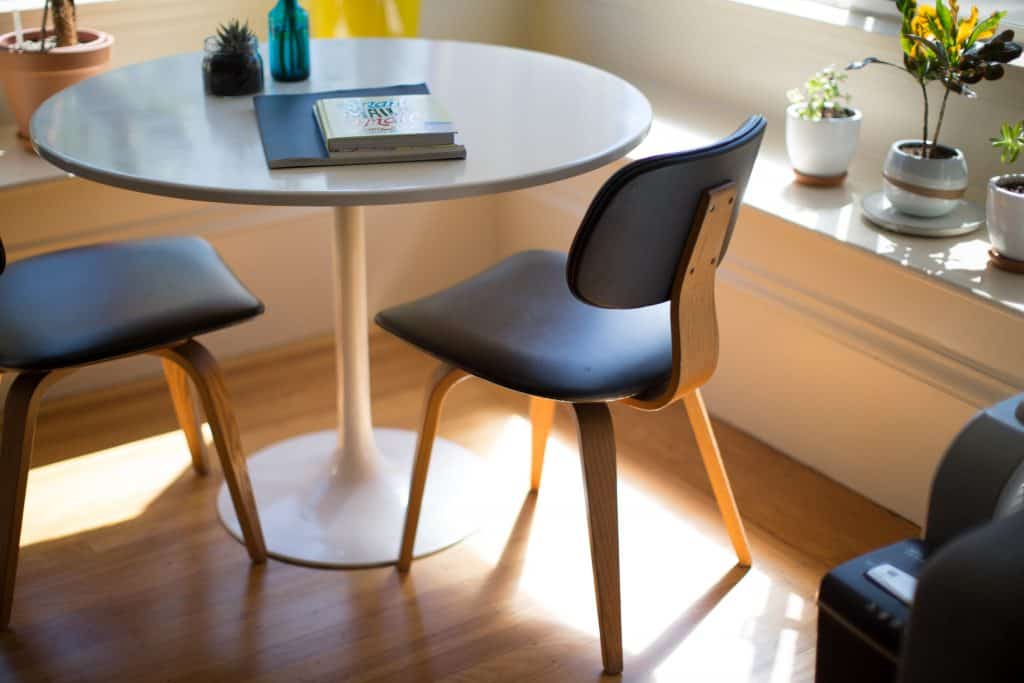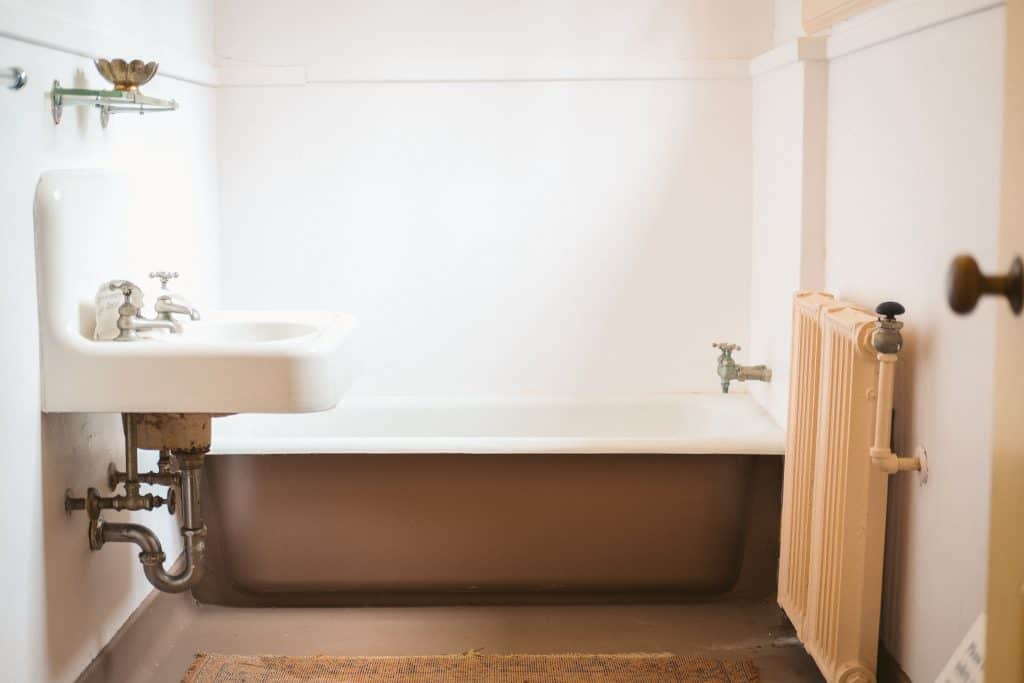Squeezing in one more thing never really works out.
It’s a time and space thing. Only so much can fit in any given space or time. Adjustments must be made. A little preplanning can help avoid real problems later.
Squeezing in one more thing leads to complications.
What’s complicated? Actually it is a complex composition of interconnected parts.
How did it get that way? Usually, you kept adding to your connections until the complexity overtook the benefit.
What does this have to do with organizing you may ask? Well, one of the things I help people do, is to untangle the complexity in their lives. At a certain point, complexity leads to overwhelm and then we tend to shut down. The stuff you bought to fix the problems has piled up and is now in the way, more overwhelm ensues and you don’t know where to start.
In a way, we bring the complication on ourselves, because we want to participate in a complex world. Wanting and experiencing more doesn’t always translate into easy. The trick of it is to begin to recognize where things have become overly complicated and start there.
One of the places I see this happening for my clients is their computer set up. For some reason, maybe several, old cords linger and dangle off the desk. Sometimes across the work surface, sometimes off the back, but in either case, they are in the way, all the time. Instead of just disconnecting and removing the outdated cables, and the ones from the hardware that didn’t work out, or was borrowed for just that one project, elaborate work arounds have evolved.
I even had one client that made a bridge over the cords that hung off the front of the desk so she would have a flat enough surface to work on. She still had to thread the chair arms through the tangle but the blotter draped over the cords made it seem like the problem was fixed. Her solution, which was meant to be temporary, lingered and caused frustration for months, maybe years before I came in. I asked why she didn’t just thread the cords behind the desk and remove the outdated ones altogether? Her response was that it would take too long. 5 minutes later we were done.
Excess cords gone, smooth clear surface for working, sense of accomplishment and hours of frustration averted. In way less time than she had anticipated.
This is where awareness comes in.
When you are aware of your space and availability you will have criteria for making better decisions.
How much space do you have? How do you use it?
Think of it this way, when you over pour the milk there are only two things you can do
- Keep pouring and make a mess.
- Stop pouring take a sip – to make room for the cookie – enjoy!
In the case of your clutter, even if you go get a bigger space, the mess will still be there unless you plan what and how you will use it.
The same principles apply to our time.
Is there space in your schedule to do the things you want to do?
Sometimes things go kerflooey and require more time and space than we anticipated. Sometimes an exciting opportunity comes our way but the deadline is so soon it’s hard to figure out how to make it happen. Sometimes someone forgets to share a key piece of scheduling information so it doesn’t get on the calendar. Sometimes an actual emergency happens and takes all the focus for a while.
In all cases, it can be hard to even imagine how to squeeze it into an already super full schedule. That causes stress, and that wastes your precious time, and costs you money.
Sometimes I see people struggle with tasks, waste their energy and basically do things the hard way. Just because they that’s how they’ve always done it. They end up depleted and cranky.
I wish that I could twitch my nose with an appropriately twinkly sound effect and have all their beliefs and behaviors about clutter and routines magically align.
While I am mastering that skill, I can help you the next best way – guide you through the sticky spots on your journey to streamlined living.
You can learn easier ways that would free up time, space and most importantly, energies that could be used to create, nurture and explore. A good place to start is noticing when you are fighting yourself in getting something done. Ask yourself, is this the easiest or just the most familiar way to get it done? You might just be surprised by your answers.
I see the same mistakes over and over with my clients. I feel for them, and know that a few simple changes will make all the difference next time.
So I thought it might be helpful to share the 3 most frequent mistakes I see and what you can do about them.
- Adapting an all or nothing approach.
It doesn’t have to be one thing or the other. Instead, most of the time, a this and that approach is the way to go. Do both for a little less time each. A little less perfect and a little more effective enough. Instead of complaining that you don’t have time to do, just do, for a little bit of time, then do what’s next.
- Working only on the urgent, and thinking it’s all urgent.
Perceiving everything as urgent is the fastest way to stress. Try establishing time blocks for working on a certain type of task instead. Deal with all your Social Media posting for an hour a couple times a week and pay your bills one afternoon a week. It’s faster to work on a batch than start fresh each time. It allows you to be a better scheduler, you can anticipate and manage expectations when you know that you won’t get to it until Thursday. It’s also easier to borrow bits of time when something truly urgent comes up.
- Failure to set up systems and routines.
It is really hard to delegate when there is no system in place. Interruptions can suck the time out of a day and if the people you delegate to don’t have a clear path to be productive and meet your expectations and deadlines they will interrupt you, over and over. Take a little time to set up a system and you will be able to say, “sure I can send a proposal to you by tomorrow,” because you can delegate the Social Media Posting to your assistant at the drop of an email.
Unanticipated events are a part of life, they don’t have to be a major causes of stress.
Sometimes, removing a piece instead of adding a piece is the solution. What little bit of space and time in your world needs a bit of untangling?
The single biggest breakthrough to getting organized is realizing that it is possible. Imagine it now.



